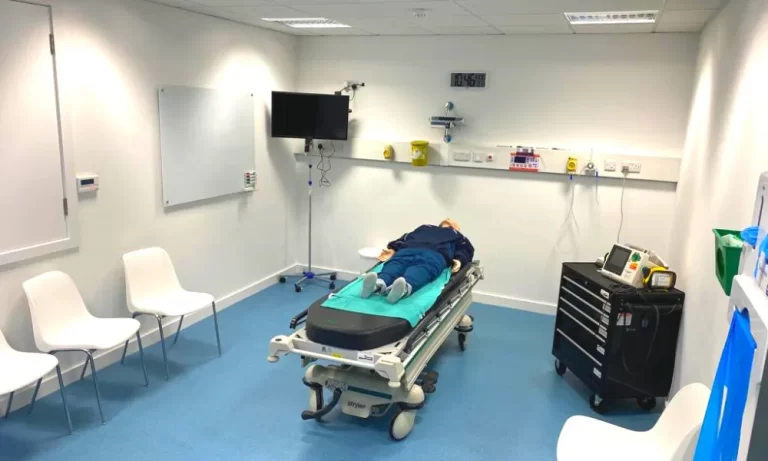
Cataracts are common medical conditions that result in the cloudiness of your lens, resulting in cloudy vision, blurred vision, and eye irritation. Cataract surgery is a procedure that removes the cloudy lens from the eye and replaces it with an artificial lens called an intraocular lens (IOL). While Modesto cataract surgery can greatly improve vision, many people still need to wear glasses after the procedure. The type of glasses needed and the frequency of wear will depend on the type of IOL used and your specific vision needs.

What are the types of IOLs?
There are several types of IOLs available, each with its advantages and disadvantages. The most common types of IOLs are:
Monofocal IOLs: These IOLs are set to focus at one distance, either near, intermediate, or far. Most people who receive mono-focal IOLs have them set for distance vision and wear glasses for reading and other near tasks.
Multifocal IOLs: These IOLs are designed to focus at multiple distances, allowing for good vision at both near and far distances. Multifocal IOLs can reduce the need for glasses, but some people may still need them for certain tasks.
Extended depth of focus IOLs: These IOLs are designed to provide a longer range of focus, allowing for good vision at both near and far distances.
Accommodative IOLs: These IOLs are designed to work with the eye’s natural muscles to focus at different distances.
Toric IOLs: These IOLs are designed to correct astigmatism, a vision problem caused by an irregularly shaped cornea.
Do you still need glasses after cataract surgery?
Whether or not you need glasses after cataract surgery will depend on the type of IOL you receive and your individual vision needs. Here are some general guidelines:
Monofocal IOLs
- If you receive a monofocal IOL, you will likely need glasses for reading and other near tasks.
- You may also need glasses for intermediate tasks, such as computer work or watching TV.
Multifocal IOLs
- If you receive a multifocal IOL, you may not need glasses as frequently.
- However, some people may still need glasses for certain tasks, such as reading or driving at night.
Extended depth of focus IOLs
- If you receive an extended depth of focus IOL, you may not need glasses as frequently.
- However, some people may still need glasses for certain tasks, such as reading or driving at night.
Accommodative IOLs
- If you receive an accommodative IOL, you may not need glasses as frequently.
- However, some people may still need glasses for certain tasks, such as reading or driving at night.
When can you get new glasses after cataract surgery?
It’s important to wait until your eyes have fully healed and your vision has stabilized before getting new glasses. This can take several weeks to a few months, depending on the individual’s healing process. Your eye doctor will be able to advise you on when it’s safe to get new glasses.
How to choose the right glasses?
Choosing the right glasses after cataract surgery can be a bit overwhelming, but here are some tips to keep in mind:
Progressive lenses: If you need glasses for both near and far vision, progressive lenses may be a good option. These lenses provide a seamless transition between different distances.
Photochromic lenses: If you’re sensitive to light, photochromic lenses may be a good option. These lenses darken automatically in sunlight and can help reduce glare.
Anti-reflective coating: This coating can help reduce glare and improve the clarity of your vision.
Cataract surgery can greatly improve vision, but many people still need to wear glasses after the procedure. The type of glasses needed and the frequency of wear will depend on the type of IOL used and the individual’s specific vision needs. It’s important to wait until your eyes have fully healed and your vision has stabilized before getting new glasses.







